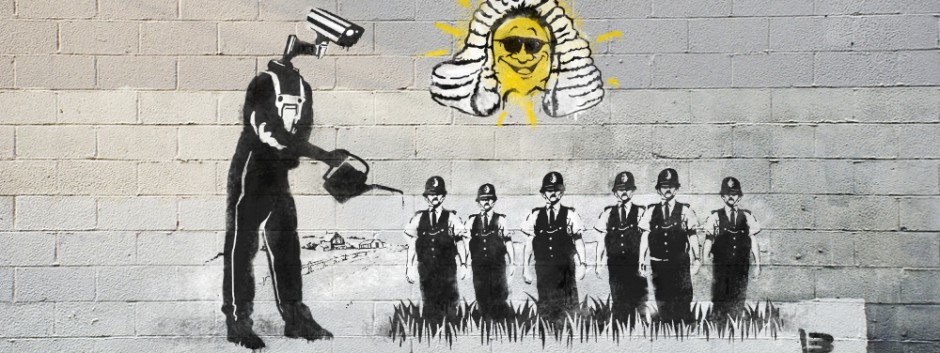“Electronic Disturbance: An Interview” about Ricardo Dominguez is about the life of Ricardo Dominguez and how he gradually became known for being among the first to bring artistic activism to the technological realm through his role in Electronic Disturbance Theater, which developed, as a way to practice artistic expression of electronic disturbance through civil disobedience, which led to virtual sit-in technologies. The virtual sit-ins are an attempt to overload and crash websites for which a program called FloodNet was developed that serves to automatically request the target page repeatedly. Dominguez advocated for the Zapatista movement through his technique of electronic disturbance of the horrific events of the aftermath of the movement but to express his views and ideas at the sane time. This only led to more uproar around the world and televised broadcastings of his electronic disturbances. Without nonviolent action, Dominguez was able to inspire others and get his message across so others can speak out.
“The Task Force argues that to have body cameras recording interactions between police and citizens will cause a clear result:”everyone behaves better””(Carmona 2).
Body cameras can record a number of different interactions between a civilian and police officer which brings into question, when and how should these recordings take place? Who should have access to the video data police gather, and under what circumstances? This quote is definitely a pressing matter as how the police force should be “fixed” to better serve the community when in actuality they want citizens to obey the law if they are able to gain additional power over them. Body cameras can pose a great help or a significant danger to the problems that already exist and it certainly does not serve as a band aid covering the wound. In order for any of us to get anywhere, we must seek to find the root of the problem before we can move on to have a better relationship.




Where are the three creative detournement pieces?